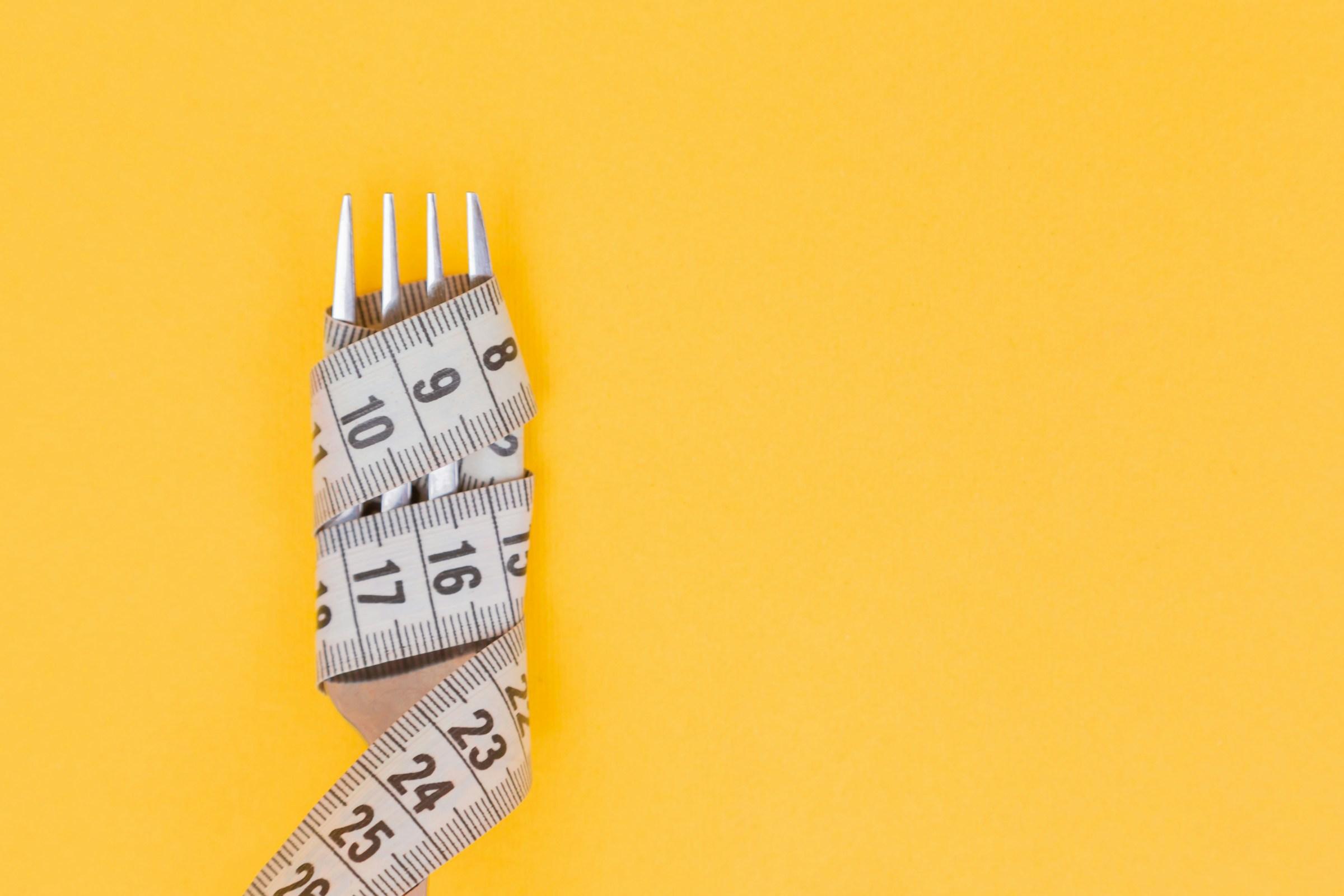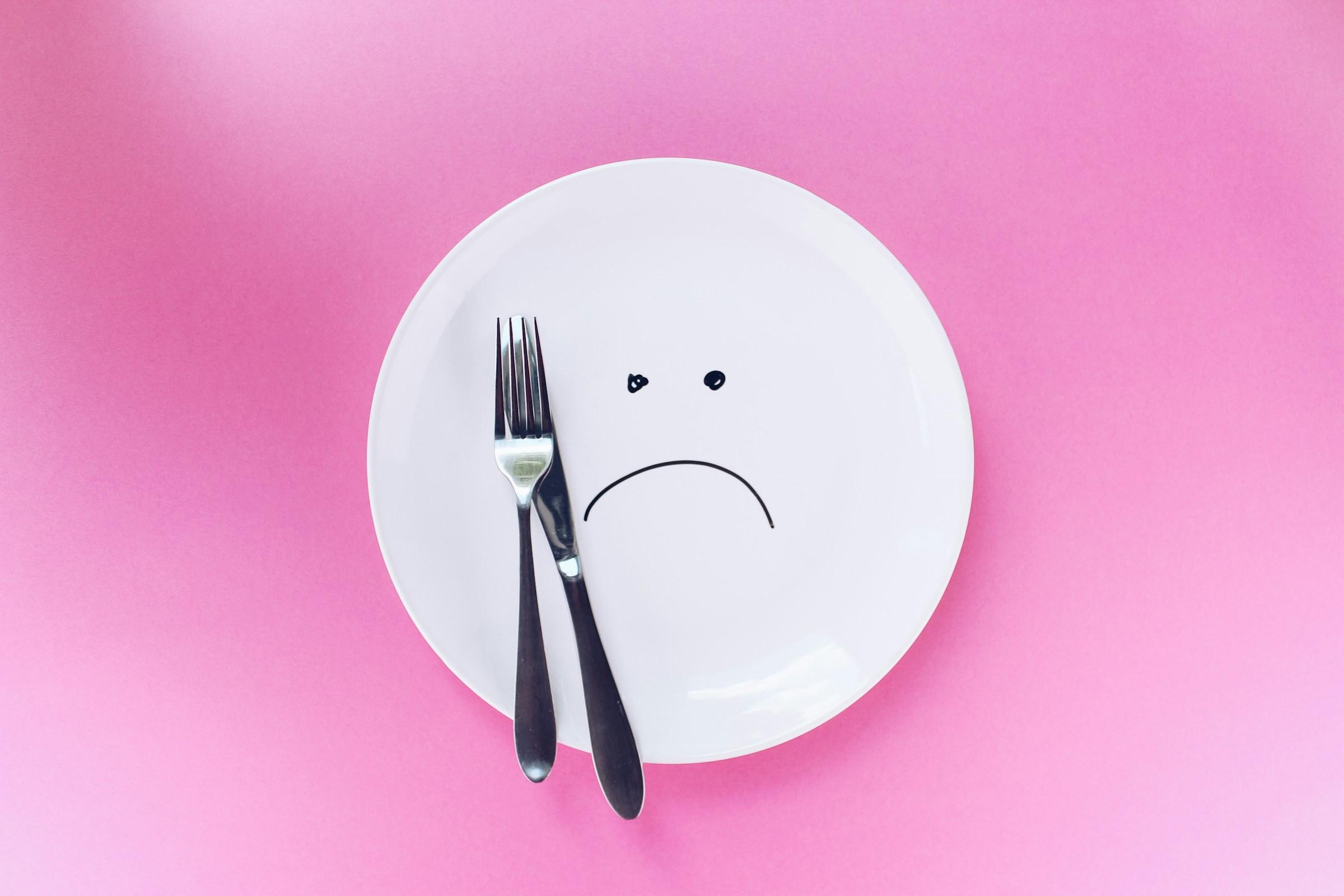Sleep debt does not clear in a neat weekend, and anyone who has tried to bulldoze through a week on four or five hours a night knows that wishful thinking rarely helps. What you want is a clear sense of how long recovery really takes and a plan that makes those days count. The honest answer is that your brain often rebounds faster than your body, which is why you may notice your attention and reaction time improve within days while hormones, appetite signals, and training numbers lag behind. Mood and motivation usually sit somewhere in the middle, tightening up as sleep becomes more regular. Understanding this order of operations prevents the frustration that comes from expecting everything to normalize at once.
Not all sleep loss is equal. An acute hit is the classic all nighter, a red eye flight, two nights disrupted by a sick child or a deadline that swallowed your evening and chewed through your morning. In most cases, you will feel close to normal within two to three nights after the worst of it ends. One full night delivers obvious relief, two and three stabilize alertness and working memory, and you will notice fewer micro lapses by day three. Deep sleep tends to rebound first, with REM following. Even then, you may still feel fragile at the edges, so treat acute sleep loss like a bruise. It hurts, then it fades quickly if you stop poking it.
Partial restriction is trickier because it hides in plain sight. Cut one or two hours from your night across a week, tell yourself you are fine, and your performance will quietly drift even if your willpower insists otherwise. After seven short nights, expect seven to ten nights of slightly longer time in bed to reverse the slide. You do not need marathon sleep. You need consistency and thirty to ninety extra minutes per night. Daytime sleepiness normalizes first, executive function smooths next, and mood steadies last. Many people feel their first clean day by midweek and their first strong week around the ten to fourteen day mark.
Chronic debt has a different personality. Months of short nights change how your body reads hunger, stress, and effort. Your circadian clock tends to slip later, you wake early for work, and REM gets clipped. Recovery here takes weeks, not days. The most reliable approach is to run a focused two week rebuild and then, if needed, a second two week block. The first block restores sleep pressure and rhythm, the second consolidates the gains. By the end of the second week you want normal sleep latency, fewer mid night wakeups, and far fewer early morning cutoffs. By the end of the fourth week, your training numbers and morning mood should match your better months. If they do not, it is time to recheck your light exposure, caffeine habits, alcohol timing, and mental load in the evenings.
There is also the special case of jet lag, which behaves like a clock problem more than a sleep problem. As a general rule, shifting one time zone without any deliberate strategy takes about a day for your internal clock to catch up. You can move faster with targeted light exposure. Morning light is the tool you use when you need to advance your schedule, while evening light helps when you must delay. Melatonin in small doses can help shift the clock as well, but it should be taken according to the new time zone, not the old one. Once the clock is aligned, the rest of recovery behaves like the partial restriction scenario. The key is to fix timing first and then let sleep drive fill the tank.
Knowing these broad ranges is reassuring, but recovery becomes real when you translate them into actions you can live with. A short seventy two hour reset is the cleanest way to stop the slide after a tough stretch. Night one, go to bed at your normal time or half an hour earlier, make the room dark and cool, and place your phone out of reach. If you wake at night, resist the scroll and let drowsiness rebuild with slow breathing. Wake at your usual time and do not try to fix the problem with a long sleep in. Day one, get bright outdoor light within an hour of waking, move your body gently, hold caffeine for the first ninety minutes, hydrate, and eat a protein forward breakfast. Keep meals on a consistent schedule and avoid late naps. If a nap is unavoidable, cap it at twenty minutes before mid afternoon. Night two repeats the same setup. If you still felt heavy in the afternoon, add thirty more minutes in bed. If your mind races, do a short two minute brain dump on paper before lights out. Day two mirrors the first day with steady light and movement and with caffeine timed earlier rather than later. Keep dinner earlier and skip alcohol for this block, since it fragments sleep and delays REM. Night three is more of the same, and by the end of the third day most people feel a clear lift in attention, calmer cravings, and workouts that feel possible rather than heroic.
What comes next matters more than the sprint. A seven day rhythm protects the gains and converts relief into stability. The single most powerful rule is to anchor your wake time within the same sixty minute window daily. Your clock takes its strongest cues from when you wake, not when you go to bed. Combine that with consistent morning light and smart caffeine timing, and your system begins to keep time on its own. Late caffeine shifts your clock the wrong way, so aim to make your last cup before early afternoon, earlier still if you are sensitive. Front load heavy mental or physical work into the first eight hours after waking, where your alertness curve is naturally stronger during a rebuild. Save administrative tasks and light planning for later in the day, and you will feel the difference.
Meals act as time cues too, and regular timing stabilizes the clocks in your liver and gut. Try to keep dinner two to three hours before bed and lighter than lunch, with protein, fiber, and a little fat rather than large, spicy, or very heavy plates. A simple wind down ritual helps your brain learn that sleep is coming. It does not need to be elaborate. Ten to twenty minutes of the same sequence every night is enough. Stretch, dim the lights, read a few pages, take a warm shower if it helps you fall asleep faster. When you repeat the pattern at the same time, your mind begins to associate those steps with shutting down.
During this phase, think in terms of sleep opportunity. Give yourself at least eight hours in bed, and if your debt was deep, consider nine for the rebuild period. This is not forever. It is a season that pays off in fewer errors, steadier mood, and better training quality. Track two signals to know if you are on course. The first is sleep efficiency, which is simply time asleep divided by time in bed. Aim to be above eighty five percent by the end of the second week. The second is daytime function, which you can judge without a device. Can you hold focus without extra caffeine. Do you train at your normal level without dread. When both answers lean yes, your system is resetting.
Common pitfalls pull people off track because they feel harmless in the moment. Oversleeping late on weekends pushes your clock later and makes Sunday night harder. Try to keep your wake window on weekends close to your weekday window. Heavy screen use late in the evening also delays your clock. Night modes help a little, but nothing beats putting devices away in the hour before bed. Large meals late at night cause awakenings and delay REM, so shift calories earlier. Alcohol sedates, but it scrambles sleep architecture and shortens REM. Save it for a time when your baseline is stable and you can afford a weaker night. Intense late workouts raise body temperature and adrenaline at the wrong time. Keep heavier training earlier while you rebuild.
Supplements are tools, not solutions. Magnesium glycinate may help with relaxation without acting like a sedative. Glycine can shorten sleep onset for some. Melatonin is best used as a clock shifter rather than a knockout pill, and small doses often work better than large ones. Choose a purpose for any supplement you use and resist the urge to stack a bag of tricks and hope for the best. Caffeine deserves its own mention because it is both ally and trap. Early caffeine supports alertness when you need it, but late caffeine delays sleep and prolongs the problem. If you relied on high doses to cope with sleep debt, step down during the first week. Swap one cup for decaf or tea by midweek, and aim to cut total intake by one quarter to one half by the end of the second week. As your sleep improves, your natural alertness returns and the desire for late afternoon boosts fades.
Training during recovery should feel like investment rather than punishment. The first three to five days are a great window for technique work, mobility, and easy aerobic sessions. Delay heavy lifts and sharp intervals until your sleep efficiency rises. Rested bodies adapt better, and consistent training beats heroic sessions followed by crashes. Work structure follows the same logic. Stack deep work in the morning when attention is cleaner, place meetings in the early afternoon if you can, and save low stakes tasks for later. This arrangement matches the natural alertness curve of a system that is rebuilding, and it prevents small obligations from spilling into your evening and contaminating your wind down.
Stress management often gets framed as a separate project, but for sleep it is part of the same system. Predictable routines lower cognitive load at night. A short shutdown ritual for work helps: write down the top three tasks for tomorrow, close your laptop, leave the workspace, and let your brain understand that there is no more work to run in the background. The mind rehearses when it senses an open loop. Close the loop and sleep follows.
There are two final questions that come up in every recovery. What about naps, and what about sleeping in to catch up. Naps work best like seasoning. Used sparingly in the early afternoon for ten to twenty minutes, they can take the edge off during the first week without harming night sleep. Used too late or too long, they steal the sleep pressure you are trying to build. If night sleep becomes hard, drop naps first. Sleeping in can help a little if used once after an acute hit, but as a pattern it makes everything worse by shifting your clock and blurring your anchor. Earlier bedtimes paired with consistent wake times create a more reliable path to a full tank.
You will know you are done with the rebuild when you fall asleep within twenty minutes, sleep through most nights without long awakenings, and wake before the alarm a few days a week with a clear head. Your cravings will calm, your training will feel honest instead of forced, and people around you will notice that you are steadier. You will also stop chasing caffeine all afternoon because you will not need it. At that point you can relax the extra thirty to sixty minutes of time in bed, keep your wake anchor, and maintain the morning light and reasonable caffeine timing that got you here.
The timeline that guides all of this is simple. After an acute hit, expect two to three nights to feel normal. After a week of partial restriction, expect seven to ten nights to regain your footing. After months of chronic debt, expect two to four weeks for a proper rebuild with a midcourse check after the first two weeks. None of these are promises, but they are honest ranges that match how most systems behave. What turns them from estimates into outcomes is the sequence. Anchor your wake time. Get outside in the morning. Time caffeine with respect. Extend your sleep opportunity enough to let pressure build. Eat on a steady cadence, move your body earlier in the day, and keep a short wind down that you repeat. Protect the inputs for fourteen days and then decide what to relax. If your approach cannot survive a bad week, it is not truly your approach yet. Keep it simple, give it time, and let your system repay you with the kind of clear, stable days that remind you how life feels when sleep does its quiet work.





-1.jpg&w=3840&q=75)








